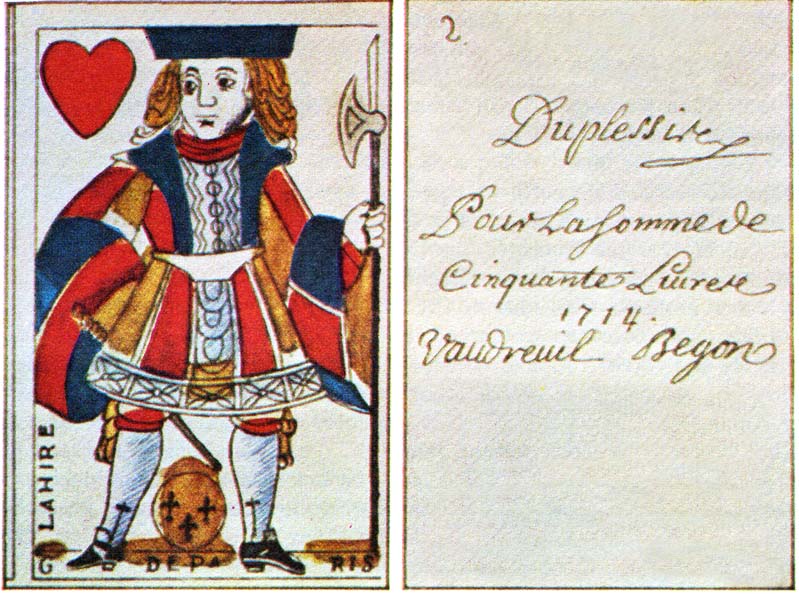On today’s date in 1756, French commander Louis-Joseph de Montcalm formed a battery on high ground about 70 metres from the British-defended Fort Oswego, which he fired upon with cannons.
When Montcalm arrived in Montréal, he was informed of an impending invasion along the nearby U.S. border. Although he was concerned with the number of British troops assembled in the area, Montcalm left to visit Fort Carillon to inspect its defences.
Meanwhile, Governor-General Pierre de Rigaud began preparing troops at Fort Frontenac in present-day Kingston, Ont., for a potential assault on Fort Oswego (now known as Fort Ontario State Historic Site), which was across Lake Ontario in Oswego, N.Y.
Montcalm’s troops at Fort Carillon distracted the attention of the British, and Montcalm was then advised to make an approach and attempt to overtake the fort.

While the issuance of New France’s card money was limited, the French colony’s ordinances (shown above) were unrestricted and eventually contributed to the public’s decreased trust in paper money.
BESIEGING THE FORT
Returning to Fort Frontenac, Montcalm found 3,500 men assembled—French regular troops, Canadian militia and Indigenous warriors, all ready to fight alongside one other.
On Aug. 9, they crossed the lake and quickly besieged the British fort.
Over the next four days, the French fired nine cannons towards Fort Oswego while reinforcements surrounded the opposite side. During the offensive, English commander James Mercer was killed and the fort was surrendered.
The French looted money, military correspondence, food, guns and boats before burning the fort and taking more than 1,700 prisoners, including 80 officers.
MONTCALM’S FIRST VICTORY
It was Montcalm’s first victory in North America and demonstrated to the world there was a new commander in town; however, financial problems eventually arose during the 1750s, when New France’s card money saw rapid inflation.
Attributed to the burgeoning costs of war against the British (known as the French and Indian War, during which Montcalm overtook Fort Oswego) plus declining tax revenues and rampant government corruption, the inflation increased the cost of basic necessities up to eight times more than when his troops first arrived in 1755, Montcalm noted in a letter dated April 12, 1759.
“The colonist is astounded to see the orders of the Intendant, in addition to the cards, circulating in the market to the extent of thirty millions. People, fear, I think without foundation, that the government will make a sort of assignment or authorize a depreciation. This opinion induces them to sell and speculate at an extravagant scale and price.”

